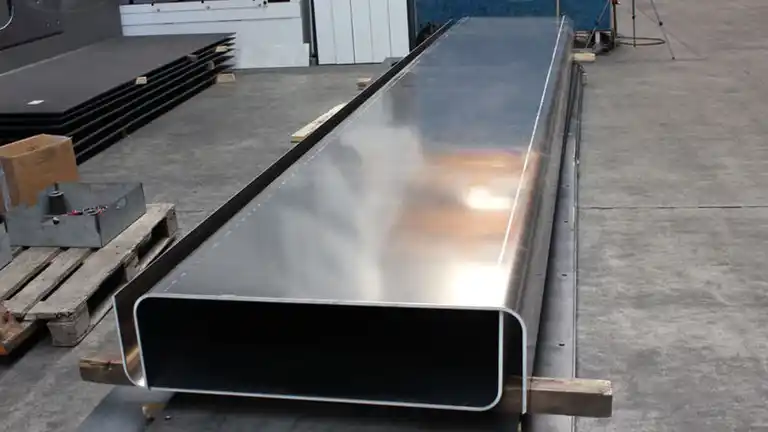Stainless Steel
Stainless steel can be defined as steel grades that have a particularly low content of harmful elements such as phosphorus, sulfur, arsenic or tin.

In the production of stainless steels, elements like sulphur, arsenic or tin are removed from the melt. This can be done by adding chalk, for example. This lime binds harmful elements to a slag which can be skimmed off.
When harmful accompanying elements have been reduced to a minimum, unalloyed steel is the result. However, despite its purity, it is still susceptible to rust.
By adding at least 10,5% Chromium to the melt, Stainless steel is produced. The more aggressive the environment, the more alloy elements have to be used and depending on the environment, different elements have to be added to the mix.
Read our article about rustproof steel!
What makes stainless steel resistant to rust, salt water and chemical substances?
Rustproof SteelSee also
BRINAR
BRINAR is a wear-resistant steel which is used in mechanically highly stressed areas.
Read moreConstruction Steel
Construction steel has excellent mechanical properties and can be processed very well.
Read moreCopper
Copper is used in many ways for industrial and construction purposes. It is also suitable as an alloying element.
Read more